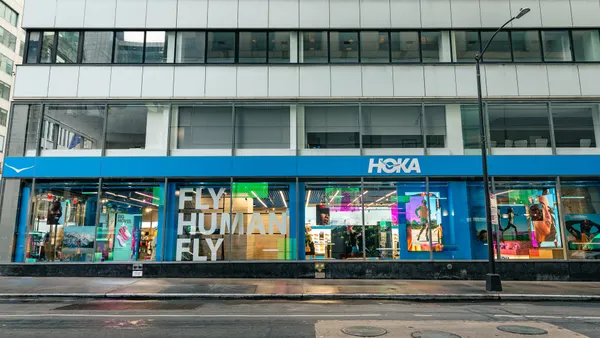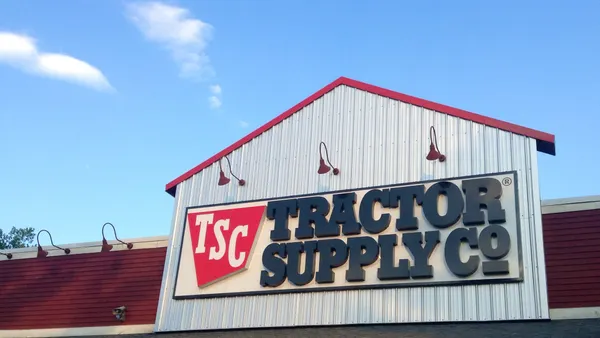Dive Brief:
- UPDATE: Unable to find a buyer or draw in new capital, teen apparel retailer Wet Seal filed for bankruptcy protection Thursday, listing assets between $10 million and $50 million along with liabilities of $50 million to $100 million, Reuters reports.
- Wet Seal shuttered all remaining stores last week, a move first outlined in a Jan. 20 letter to employees obtained by The Wall Street Journal. The company will lay off 148 employees at its Irvine, CA headquarters by March 21, according to a filing with the California Employment Development Department obtained by Women’s Wear Daily.
- Private equity firm Versa bought the beleaguered Wet Seal brand in April 2015 for $7.5 million in cash, three months after the retailer first filed for Chapter 11.
Dive Insight:
Wet Seal, known for a surf-and-sun aesthetic that peaked with young consumers in 2002, struggled for well over a decade, and now it’s time is up. Ahead of its bankruptcy in 2015, the retailer had lost more than $150 million in a span of two years and defaulted on $27 million in senior convertible notes. At the time, it abruptly closed over 330 of its mall-based stores, leaving just 171 stores in 42 states today.
Wet Seal was given a second life when it emerged as a private company with the aid of of Versa. But the private equity demands placed on the company led it into even deeper water, Howard Davidowitz, chairman of New York City-based retail consulting and investment banking firm Davidowitz & Associates, recently told Retail Dive.
“Now private equity is there with billions in debt — and goodbye,” Davidowitz warned. “The first thing they do is borrow billions, and retailers can’t function that way because the business is too volatile and it’s too unpredictable. These poor apparel chains end up one way or another in the hands of private equity — and in the end, there’s no company, no stores, no employees, and the private equity made money.”
Wet Seal's decline hinged on many of the same problems haunting so many teen apparel brands — specifically, increasing competition with fast-fashion players like Zara and H&M, as well as a lack of merchandise differentiation.
“The whole apparel market is very challenged. It’s overstored and oversaturated,” Shelley E. Kohan, VP of retail consulting at store analytics firm RetailNext, recently told Retail Dive. “Meanwhile, fast-fashion is trend-right and price-right — they hit it right 80% of the time — while [in the cases of] Wet Seal, Gap and some of these other markets, I don’t know what the call to action is for the consumer. And that’s what you have to have today — something that pulls the shopper into the store.”













